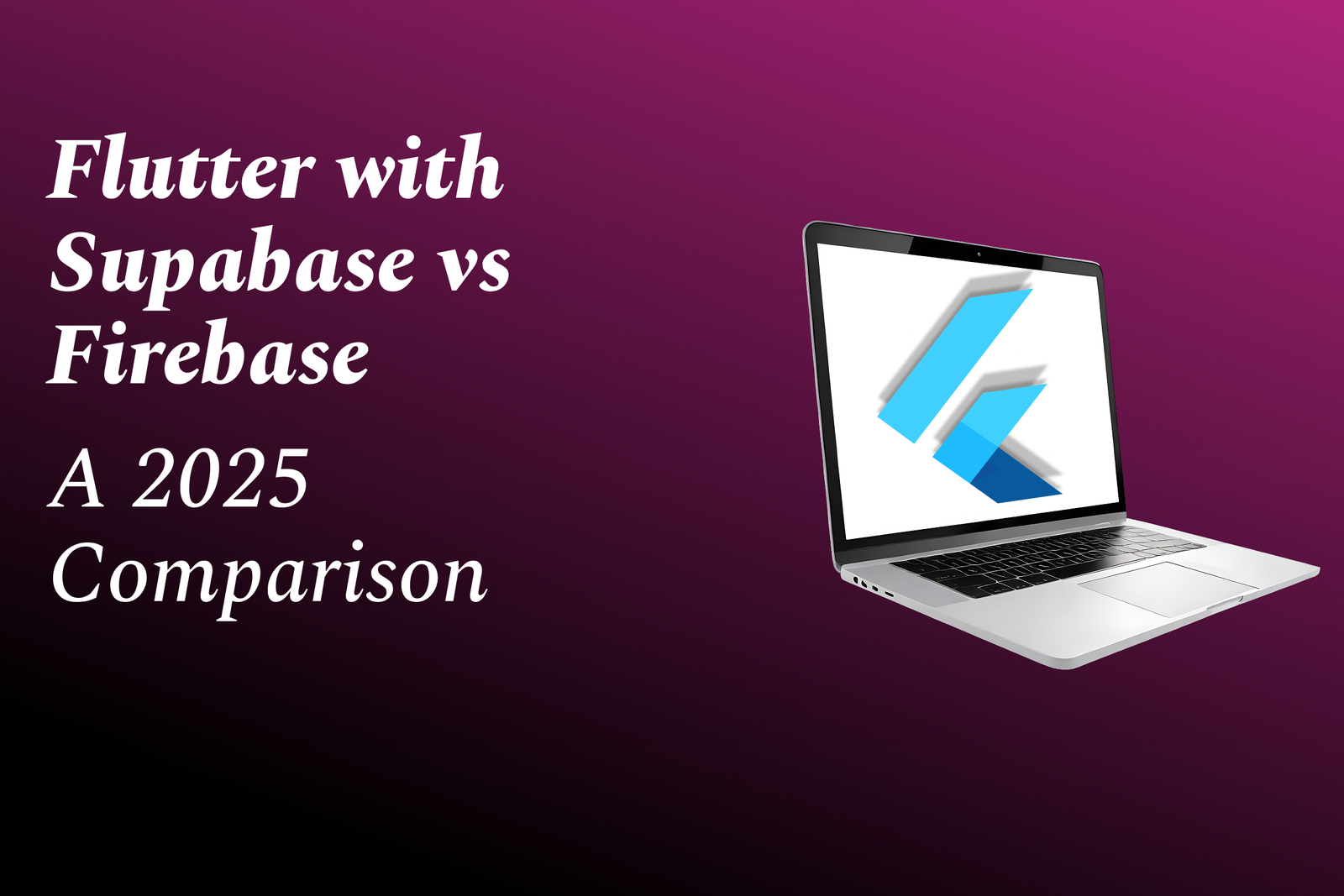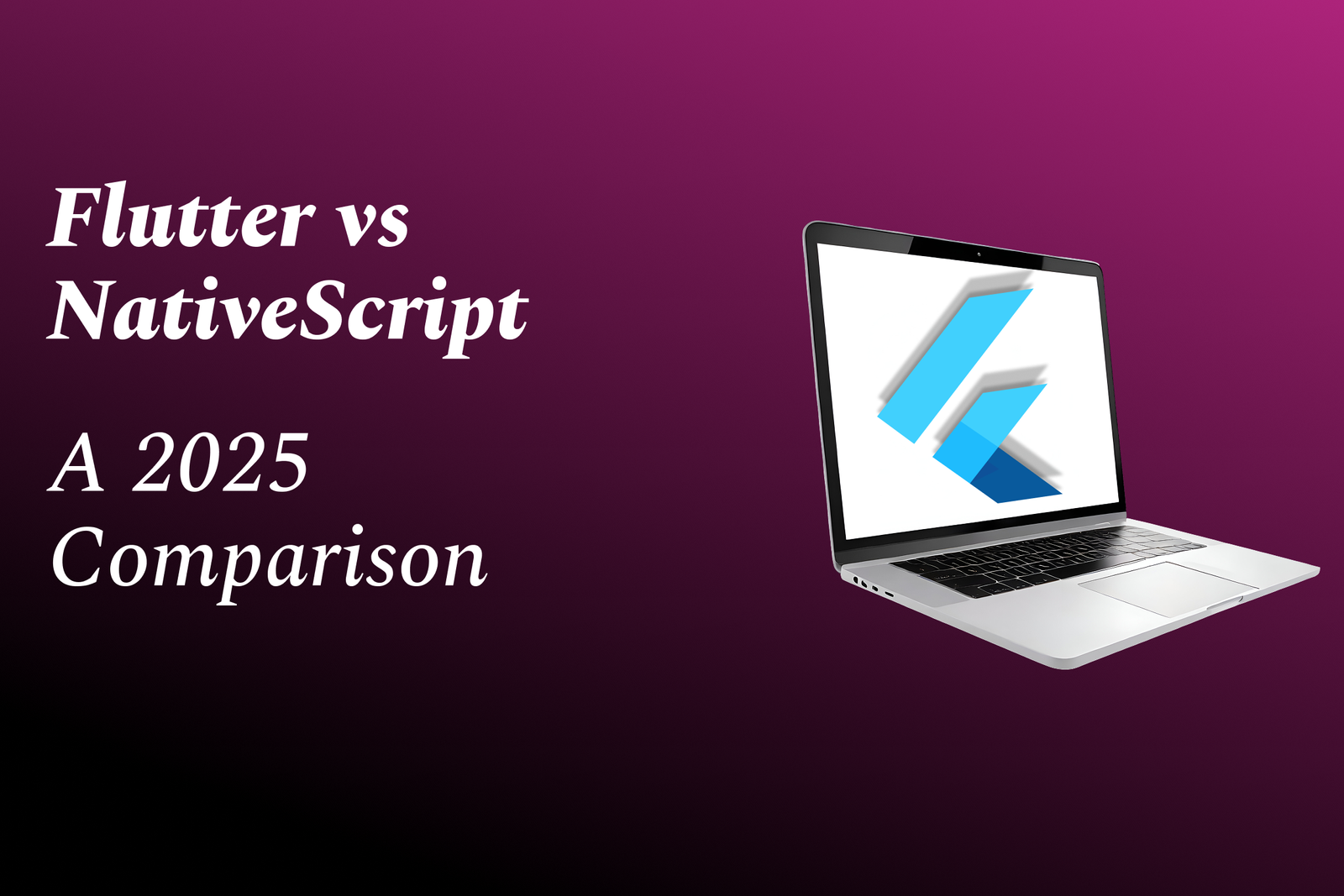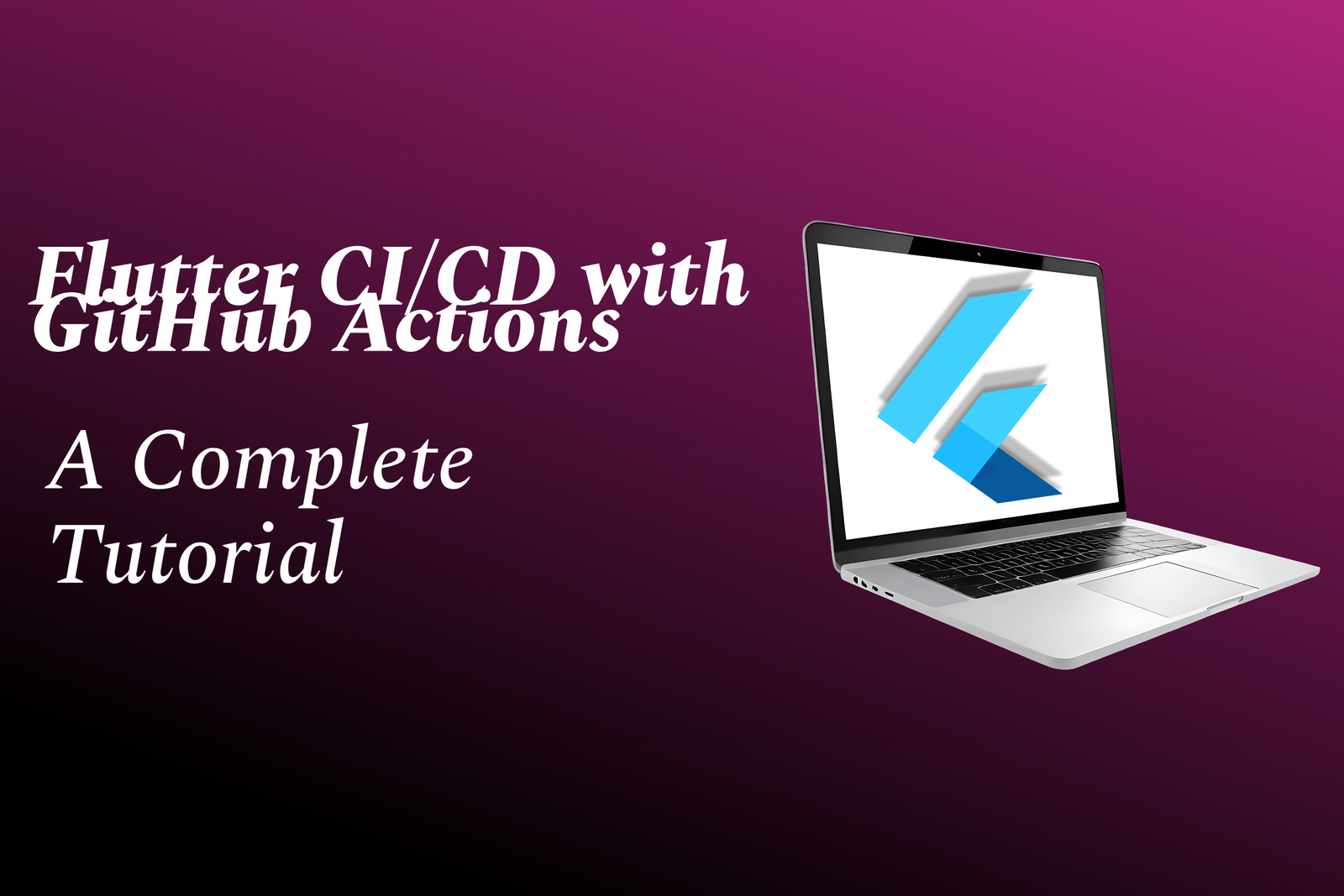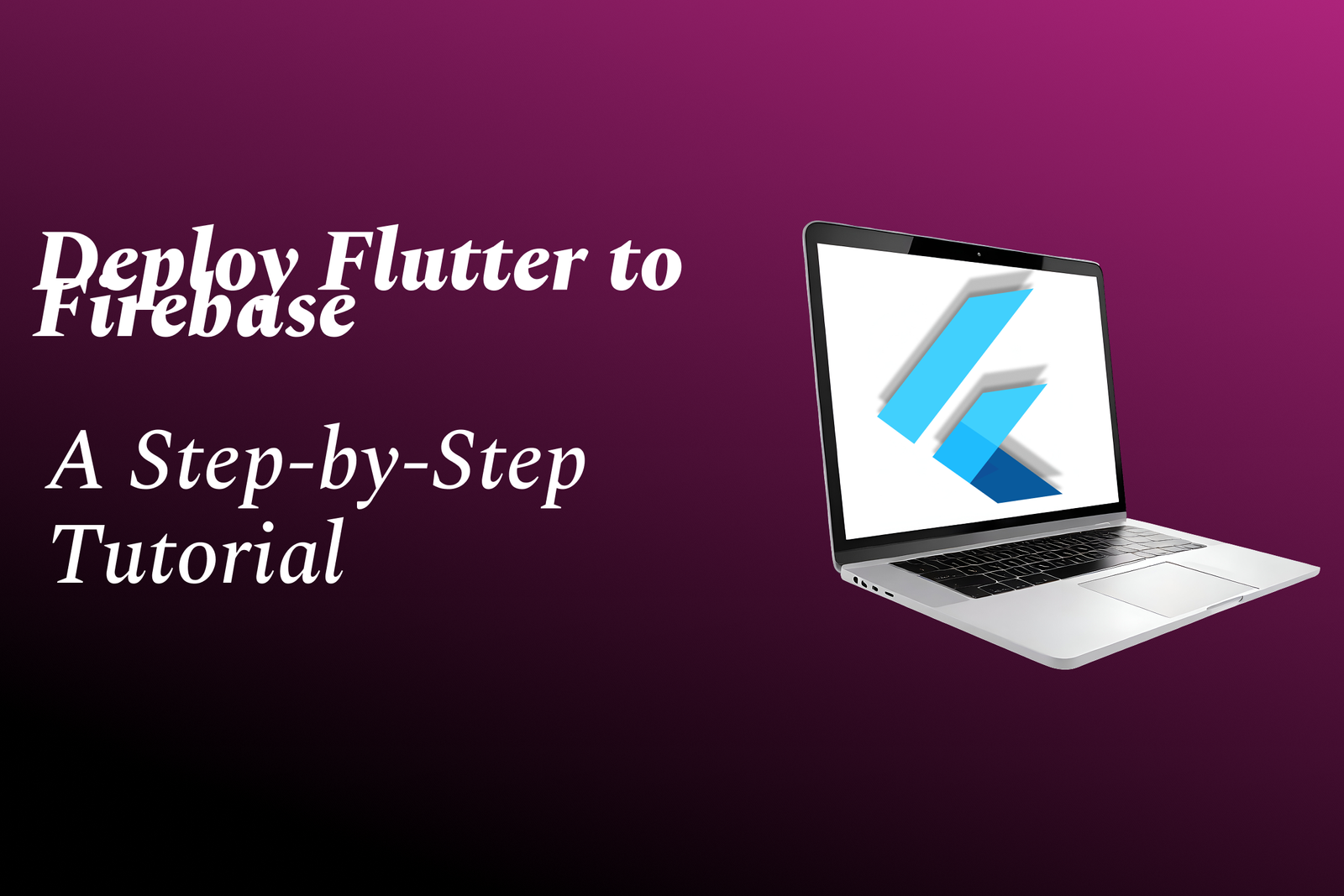Power Bi Self Learning
Power BI Self-Learning is an interactive platform designed to empower individuals to acquire the kno
Power Bi Self Learning
Power BI Self-Learning empowers individuals to independently enhance their data analysis skills and contribute effectively to their organizations. Its interactive modules and hands-on exercises provide a comprehensive learning experience, enabling professionals to master the tool's features, navigate complex datasets, create compelling visualizations, and make data-driven decisions efficiently, leading to better business outcomes.
To Download Our Brochure: https://www.justacademy.co/download-brochure-for-free
Message us for more information: +91 9987184296
Power BI Self Learning empowers individuals to independently enhance their data analysis skills and contribute effectively to their organizations. Its interactive modules and hands on exercises provide a comprehensive learning experience, enabling professionals to master the tool's features, navigate complex datasets, create compelling visualizations, and make data driven decisions efficiently, leading to better business outcomes.
Course Overview
Power BI Self-Learning course empowers you with the skills to harness the power of data visualization and business intelligence through self-guided lessons. This comprehensive course covers the essential concepts, tools, and techniques of Microsoft Power BI, from data preparation and modeling to creating interactive dashboards and reports. By the end of the course, you'll be equipped to effectively analyze data, identify insights, and communicate findings clearly and impactfully.
Course Description
Power BI Self-Learning: Empower yourself with a comprehensive course designed for self-paced learning. Master the fundamentals of Power BI, including data modeling, data visualization, and report creation. Develop practical skills to transform raw data into insightful dashboards and reports, unlocking valuable insights and driving data-driven decision-making.
Key Features
1 - Comprehensive Tool Coverage: Provides hands-on training with a range of industry-standard testing tools, including Selenium, JIRA, LoadRunner, and TestRail.
2) Practical Exercises: Features real-world exercises and case studies to apply tools in various testing scenarios.
3) Interactive Learning: Includes interactive sessions with industry experts for personalized feedback and guidance.
4) Detailed Tutorials: Offers extensive tutorials and documentation on tool functionalities and best practices.
5) Advanced Techniques: Covers both fundamental and advanced techniques for using testing tools effectively.
6) Data Visualization: Integrates tools for visualizing test metrics and results, enhancing data interpretation and decision-making.
7) Tool Integration: Teaches how to integrate testing tools into the software development lifecycle for streamlined workflows.
8) Project-Based Learning: Focuses on project-based learning to build practical skills and create a portfolio of completed tasks.
9) Career Support: Provides resources and support for applying learned skills to real-world job scenarios, including resume building and interview preparation.
10) Up-to-Date Content: Ensures that course materials reflect the latest industry standards and tool updates.
Benefits of taking our course
Functional Tools
Tools Used in ‘Power BI Self Learning’ Course
- Power BI Desktop: A free desktop application used to create and publish Power BI dashboards and reports. It offers a comprehensive set of data preparation, modeling, and visualization capabilities.
- 2. Power BI Service: A cloud based service that hosts and shares Power BI dashboards and reports. It allows users to collaborate, view reports on mobile devices, and access data from various sources.
- 3. Power BI Data Connector: A collection of connectors that enable users to connect to different data sources, such as Excel, SQL Server, Dynamics 365, and Salesforce.
- 4. Power BI DAX (Data Analysis Expressions): A powerful formula language used to create calculated columns, measures, and filters within Power BI.
- 5. Data Modeling: The process of organizing and shaping data in a way that makes it suitable for analysis and visualization. Power BI provides tools for creating data models that connect tables and columns, define relationships, and manage hierarchies.
- Offering Training Program to Students (Minimum 200 Words)
- Identify the target audience: Determine the level of experience and background knowledge students have with Power BI.
- Define the learning objectives:* Clearly state the skills and knowledge students will gain from the training program.
- Develop the curriculum:* Structure the training content to cover the essential concepts, tools, and techniques of Power BI.
- Incorporate hands on exercises:* Provide students with practical opportunities to apply their knowledge and reinforce their understanding.
- Utilize a blended learning approach:* Combine instructor led sessions with self paced online modules to cater to different learning styles.
- Provide assessment and feedback:* Regularly assess students' progress through quizzes, assignments, and projects to track their learning and provide constructive feedback.
- Foster a supportive learning environment:* Create a collaborative atmosphere where students can ask questions, share ideas, and support each other.
- Offer ongoing support:* Establish channels for students to access additional resources, ask questions, and receive assistance after the training program.
- Strategies to Earn More Points:
- Join Loyalty Programs:
- * Enroll in loyalty programs offered by retailers, credit card companies, airlines, and other service providers.
- * Earn points on purchases, travel, dining, and other activities.
- Use Credit Cards That Offer Points:
- * Get credit cards that offer rewards in the form of points.
- * Choose cards that align with your spending habits and offer bonus categories.
- Participate in Surveys and Focus Groups:
- * Sign up for survey sites and participate in online surveys.
- * Earn points for sharing your opinions and completing tasks.
- Refer Friends:
- * Many loyalty programs offer referral bonuses.
- * Refer friends to the program and earn points for each successful referral.
- Take Advantage of Promotions:
- * Keep an eye out for special promotions and offers that award bonus points.
- * Participate in contests, sweepstakes, and other promotional events.
- Use Points Wisely:
- * Redeem points for rewards that align with your needs and interests.
- * Consider the value of the rewards versus the number of points required.
- Maximize Points Earning:
- * Consolidate purchases onto cards that offer the most points.
- * Make large purchases during double or triple points promotions.
- * Use mobile apps that allow you to earn points on everyday activities.
- Other Tips:
- Shop at Participating Stores:* Focus on making purchases at stores that are partnered with your loyalty program.
- Read the Fine Print:* Understand the terms and условия of the loyalty program to avoid any surprises.
- Track Your Points:* Keep track of your points balance to stay motivated and maximize your redemptions.
- Consider Point Transferability:* Choose loyalty programs that allow you to transfer points to other programs or redeem for cash.
- Leverage Partnerships:* Take advantage of partnerships between loyalty programs to earn points across multiple platforms.
Browse our course links : https://www.justacademy.co/all-courses
To Join our FREE DEMO Session: Click Here
This information is sourced from JustAcademy
Contact Info:
Roshan Chaturvedi
Message us on Whatsapp:
Email id: info@justacademy.co
Android App Development Course Syllabus Pdf
Power Bi Desktop Training
Power Bi Dax Learning
Mastering Power BI: A Comprehensive Self-Learning Guide
Ultimate Guide to Self-Learning Power BI: A Comprehensive Roadmap
Master Power BI: A Comprehensive Self-Learning Guide for Beginners
Master Power BI: A Comprehensive Guide for Self-Learning











